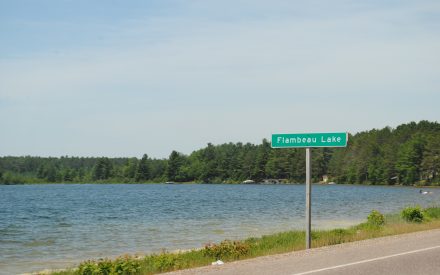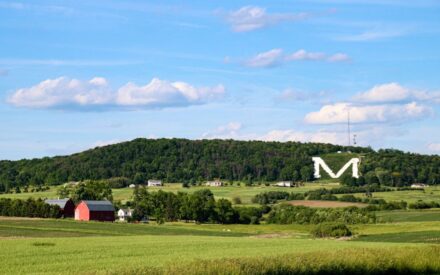Community Vitality + Placemaking Fact Sheet
Imageability Mapping
Overview
September 2021 — MIT Professor and author Kevin Lynch developed imageability mapping in order to describe the unique relationships of urban elements within a given city. The University of Wisconsin-Madison, Division of Extension has adapted his approach to help communities better understand themselves. Using a group process, participants gather around maps and work together to identify the most important landmarks, paths, districts, nodes, and edges of their community. In addition, participants identify opportunity sites that provide decision-makers with locations for future investment.
Purpose(s)
Communities large and small devote resources to maintain and improve quality of life, and to retain and attract businesses and people. The purpose of imageability mapping is to identify the most important physical features of a place that make it distinct and memorable. Imageability maps illustrate the shared identity people have of their community (a.k.a. “the bones of the community”). The maps themselves can be used to identify, prioritize, and emphasize specific sites, corridors, intersections, and districts for conservation, enhancement, promotion, and/or development.
Imageability maps can be used to sketch out the beginning phase of a site plan, provide a framework for a master plan, or be used to inform and prioritize community infrastructure investments. The process brings people together to create a shared understanding of their community setting. It Illustrates shared community values and hopes for the future.
Resources
For more information about Park(ing) Day, please contact us.



 Lac du Flambeau Housing Summit
Lac du Flambeau Housing Summit 2025 Wisconsin Connecting Entrepreneurial Communities Conference
2025 Wisconsin Connecting Entrepreneurial Communities Conference Why Digital Equity Matters in Your Community
Why Digital Equity Matters in Your Community


